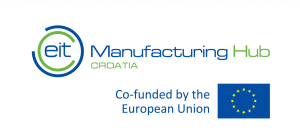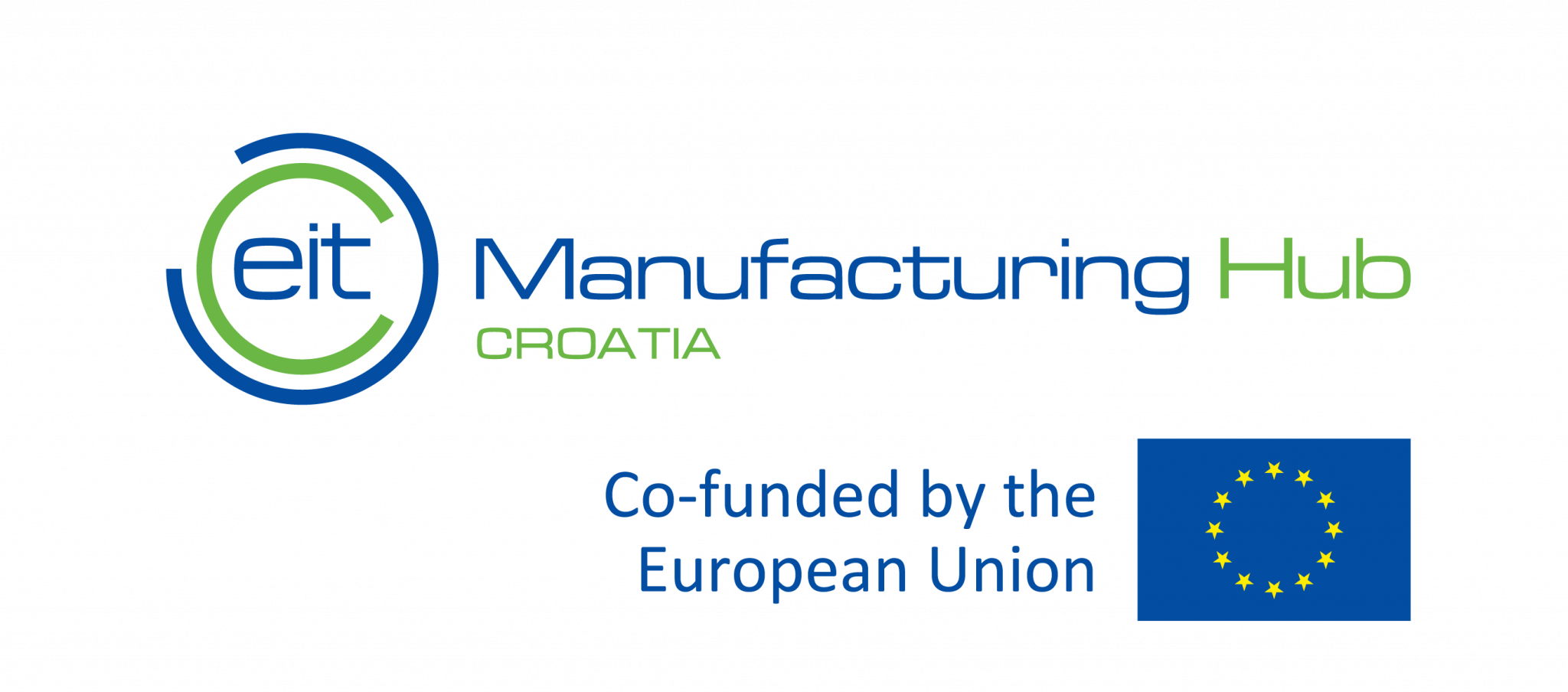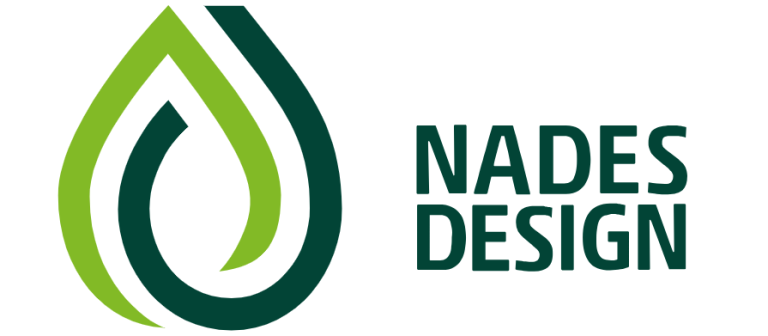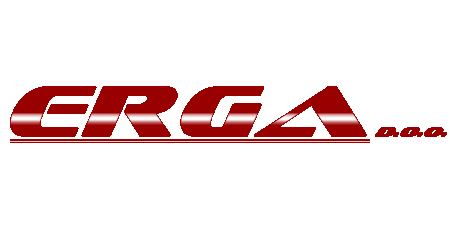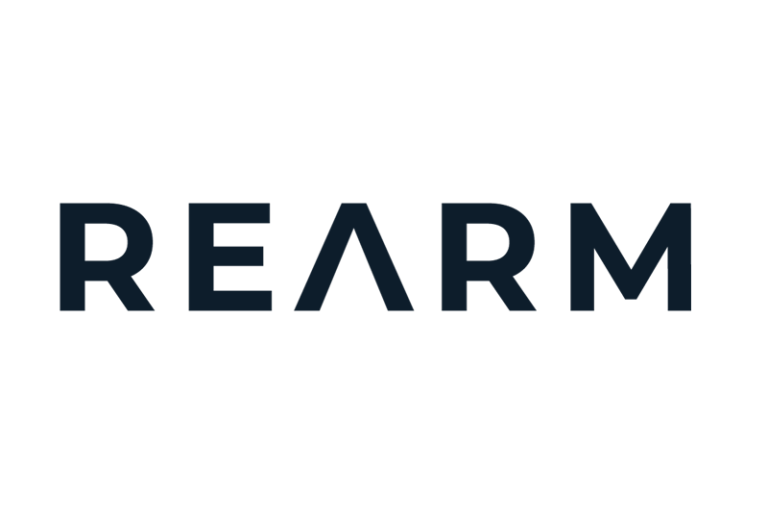
Rearm
Rearm – no-codeautomation Who we are Rearm, headquartered in Zagreb, is an IT company focused on practical advancements in robotics and computer science. Specializing in no-code solutions, we aim to transform the technology landscape. Our team of dedicated professionals brings a blend of expertise, creativity, and a customer-centric approach
